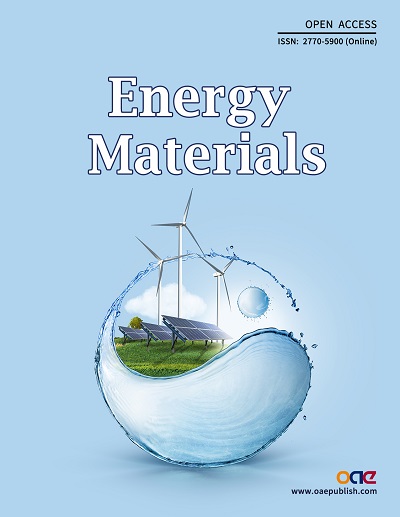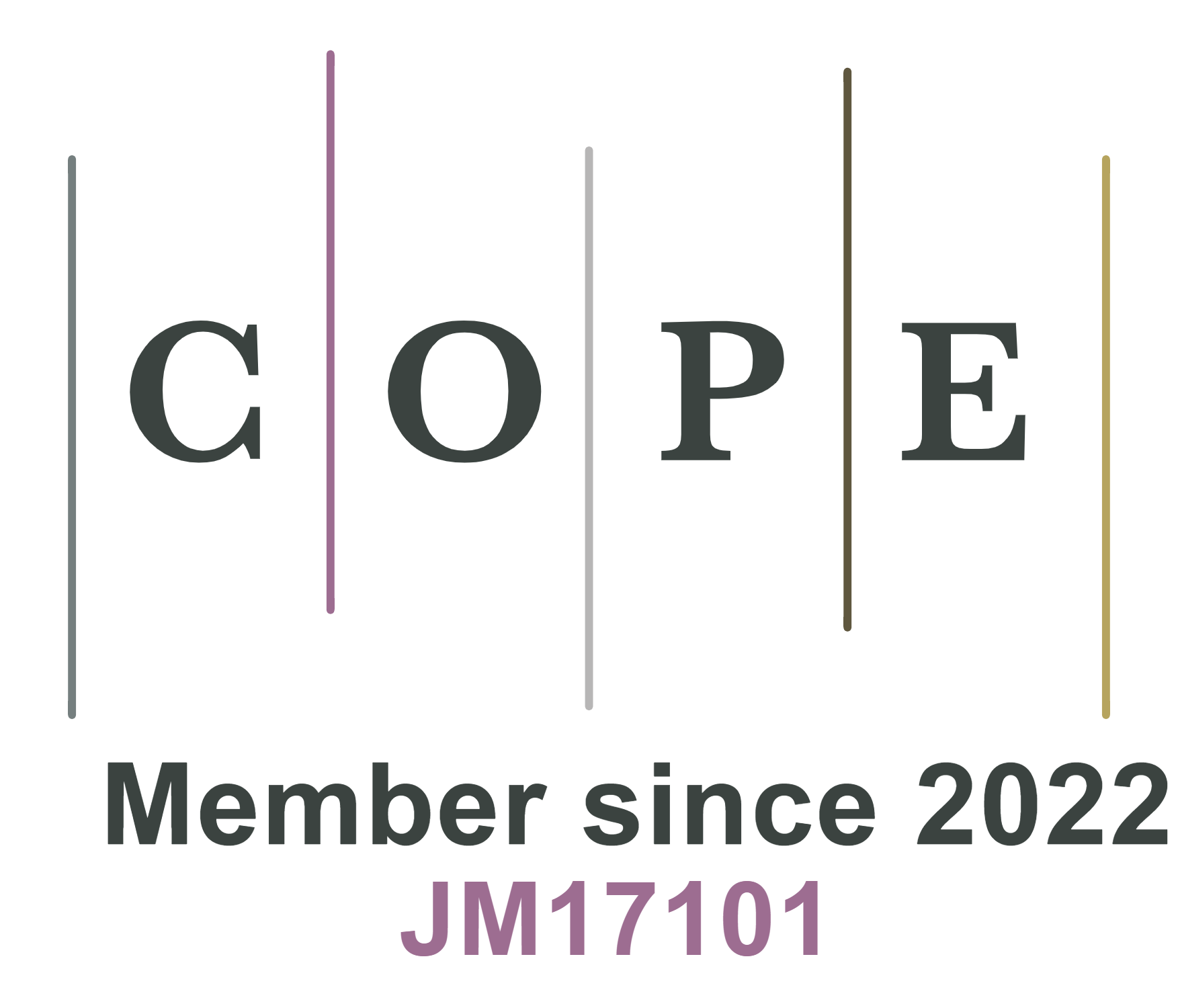Review | Open Access
New insights into the closed pores formed of hard carbon for sodium-ion batteries
Views: 14
Energy Mater 2024;4:[Accepted].
Author Information
Article Notes
Cite This Article
Abstract
With the advantages of simple preparation, cost-effectiveness, abundant raw materials, and environmentally friendly properties, hard carbon (HC) is the only commercially available anode material for sodium-ion batteries. However, the unstable capacity of HC is attributed to the complex physicochemical characteristics of the precursors, the intricate and difficult-to-control microstructure, and the debated mechanisms of sodium storage. Although recent reports have revealed a strong correlation between closed pores and the capacity of HC in the low-voltage plateau region, there are few systematic overviews of this relationship. This review examines the microstructural properties and precursor selectivity of HC materials and outlines the strategies for the research and development of closed pores, including design theory and characterization. Finally, it summarizes the technical bottlenecks faced by the closed pore research and looks forward to the future development directions.
Keywords
Hard carbon, sodium-ion batteries, closed pores
Cite This Article
Guo Y, Ji S, Liu F, Zhu Z, Xiao J, Liu K, Zhang Y, Liao S, Zeng X. New insights into the closed pores formed of hard carbon for sodium-ion batteries. Energy Mater 2024;4:[Accept]. http://dx.doi.org/10.20517/energymater.2024.63
Copyright
© The Author(s) 2024. Open Access This article is licensed under a Creative Commons Attribution 4.0 International License (https://creativecommons.org/licenses/by/4.0/), which permits unrestricted use, sharing, adaptation, distribution and reproduction in any medium or format, for any purpose, even commercially, as long as you give appropriate credit to the original author(s) and the source, provide a link to the Creative Commons license, and indicate if changes were made.














